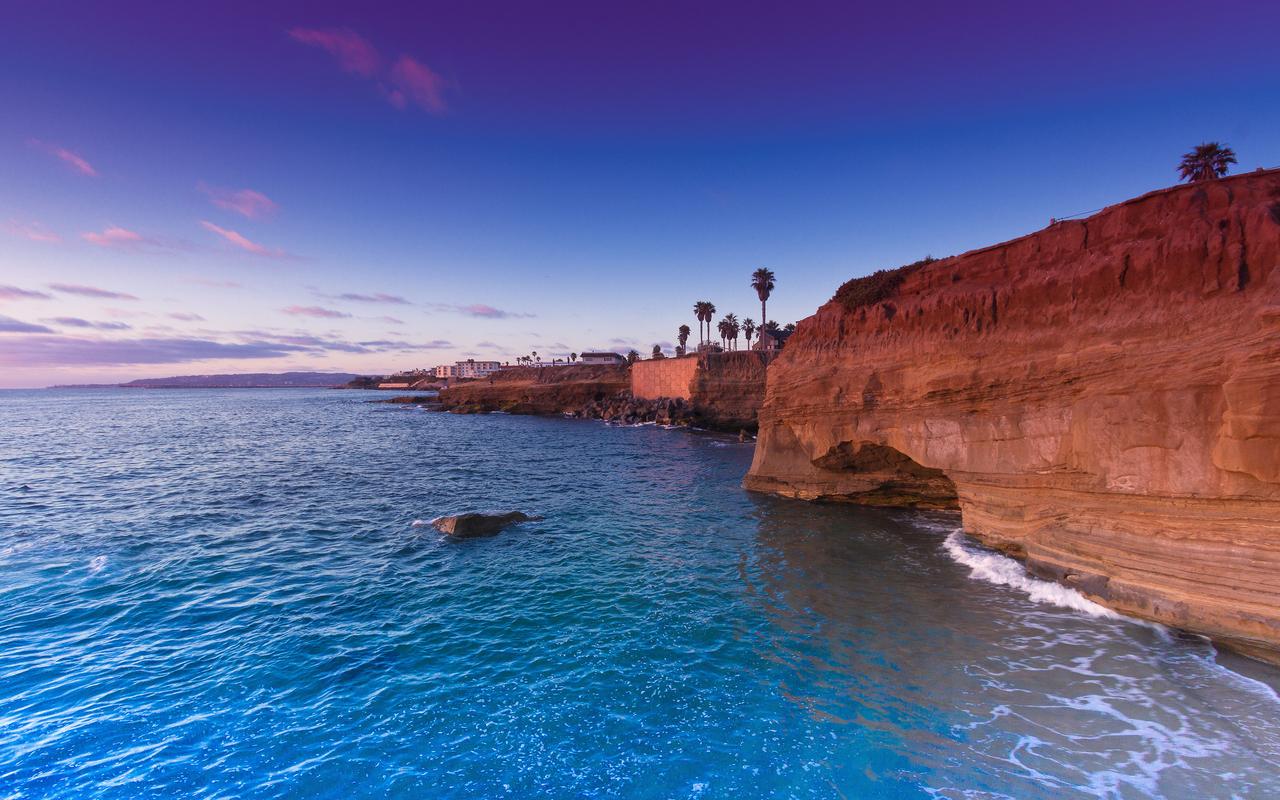Muslim culture has been influential in many areas that have global appeal, including fashion, art, and entertainment. It is impossible to discuss the impact of Muslim culture on the creative industries without considering its historical, social, and economic context. This article seeks to provide some insights into the influence of Muslim culture on fashion, art, and entertainment.
Fashion
The influence of Muslim culture on fashion dates back to the 7th century when the religion was founded. Muslim fashion is not just about covering up but also about inclusivity and modesty. Muslim fashion has evolved over the years, with designers creating clothes that are both stylish and functional.
The hijab, a Muslim headscarf covering the hair and neck, has become an important fashion statement in recent years. The hijab is now seen on the runways of top fashion shows around the world. Brands like Nike, H&M, and Uniqlo have started to create Muslim-friendly clothing lines, including hijabs, in response to this growing trend.
Art
Muslim culture is heavily influenced by calligraphy and geometric shapes, which are important elements of Islamic art. Arabesque patterns and complex geometric shapes are common in Islamic art and architecture. Islamic art is not limited to the traditional dome-shaped buildings but also includes paintings, textiles, and ceramics.
Muslim artists have been gaining prominence in recent years, with galleries showcasing their innovative and thought-provoking works. Some Muslim artists are creating works that explore their cultural identity, while others use their art to explore social and political issues.
Entertainment
Muslim culture has also had a significant impact on the entertainment industry. Muslim actors, writers, and directors have made a significant contribution to the film and television industry. However, many of these creators have also faced challenges in terms of representation and stereotyping. The portrayal of Muslims in the media has often been negative and one-dimensional, perpetuating harmful stereotypes.
However, the industry is starting to change, with the success of shows like “Ramy” and “Hala”, which explore the complexities of Muslim identity, and the recognition of Muslim actors like Riz Ahmed and Mahershala Ali at major award shows.
Conclusion
The influence of Muslim culture on fashion, art, and entertainment is a testament to the creativity and innovation of Muslim creators. Muslim fashion designers are creating clothes that are both fashionable and modest, while Islamic art continues to inspire artists around the world. Muslim actors, writers, and directors are contributing to the entertainment industry, creating works that explore their cultural identity and challenge harmful stereotypes. As the world becomes increasingly diverse and inclusive, the influence of Muslim culture on the creative industries will undoubtedly continue to grow.
(Note: Do you have knowledge or insights to share? Unlock new opportunities and expand your reach by joining our authors team. Click Registration to join us and share your expertise with our readers.)
Speech tips:
Please note that any statements involving politics will not be approved.
